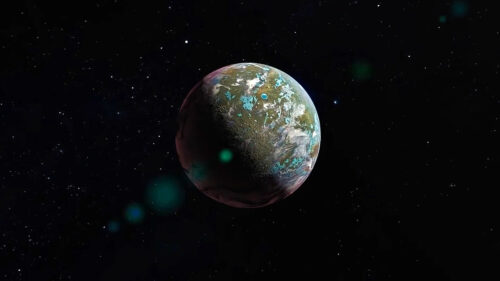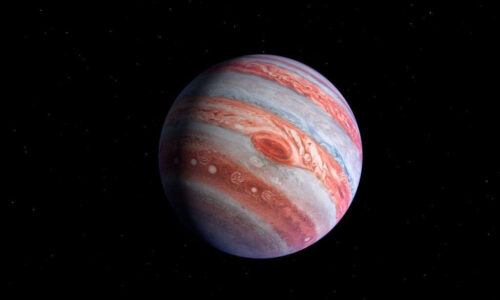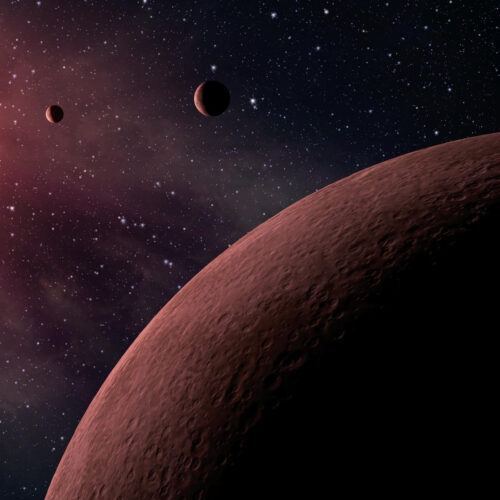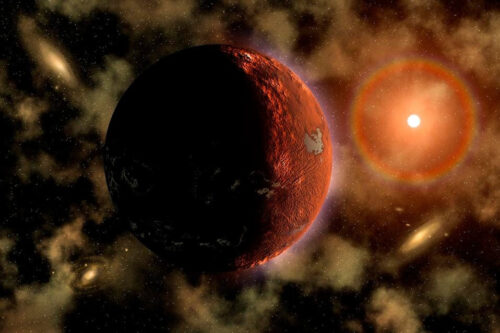
NASA has recently made an astonishing discovery that defies our understanding of the universe—J1407b, a planet like no other.
Situated 434 light-years away from Earth, this enigmatic celestial body, dubbed Saturn on steroids, has baffled astronomers with its peculiar features.
With a mass estimated to be around 10-40 times that of Jupiter, J1407b exceeds the size of any planet in our solar system.
Its most astounding feature is an expansive ring system comprising 30 rings, each tens of millions of kilometers in diameter, making it 200 times larger than Saturn’s rings.
This revelation has sparked curiosity about other mind-blowing worlds in the cosmos.
Unveiling the Peculiar
In our quest for habitable planets, astronomers have encountered numerous bizarre worlds that challenge our imaginations.
Some of these peculiar planets are hotter than the Sun, while others dwarf their own stars. Let’s delve into a selection of these awe-inspiring discoveries.

GJ 504b, located 57 light-years away, is a pink exoplanet approximately four times the mass of Jupiter but with a similar size.
Its unique color arises from its youth, as it still releases residual heat from its formation.
Furthermore, we encounter a water-rich exoplanet known as the “Waterworld,” resembling Neptune.
With a mass exceeding eight Earths, this alien planet exhibits a constant supercritical fluid form, distinct from the phases of water found on Earth.
Venturing into the constellation Cygnus, we discover KEPLER-70b, one of the hottest exoplanets known.
This scorching world, only 0.44 times the mass of Earth, orbits a star that went through a red giant phase, leaving behind a hot iron core.

The proximity to its star results in a staggering temperature of 6,650 degrees Celsius, surpassing the surface temperature of our Sun.
Further exploration leads us to WASP-76b, a planet with a permanent dark side and molten iron rains.
This Jupiter-sized exoplanet experiences extreme temperature variations due to its tidally locked orbit, resulting in intense winds and the evaporation of iron into its atmosphere.
The iron vapor subsequently condenses and falls as molten rain on the colder side of the planet.
Our journey takes a thrilling turn as we encounter PSR J1719-1438b, an exoplanet orbiting a dense neutron star.
This planet, 3,000 times larger than its host, was once a star itself. Its outer layers were stripped away, leaving behind a carbon remnant—a diamond world that shines like no other.
Among the diverse exoplanets, WASP-107b stands out due to its unexpectedly low density. Although similar in size to Jupiter, it has a mass equivalent to only 30 Earths.

This marshmallow-like planet challenges our understanding of gas giant formation.
Finding a habitable exoplanet seems daunting, but Gliese 581d offers promise.
With a mass six times that of Earth and located within 20 light-years, it resides in the habitable zone of its star.
Although tidally locked, it possesses an atmosphere rich in carbon dioxide that could moderate extreme temperature differences.
2Mᴀss J2126, previously considered a free-floating planet, travels alongside a star, emphasizing the vastness of space.
Orbiting at a distance of a trillion kilometers, it holds the record for the largest orbital radius known, with a year spanning approximately 900,000 Earth-years.

The Solar System’s wonders continue to captivate as scientists uncover the first evidence of a moon-forming disk around an exoplanet named.
